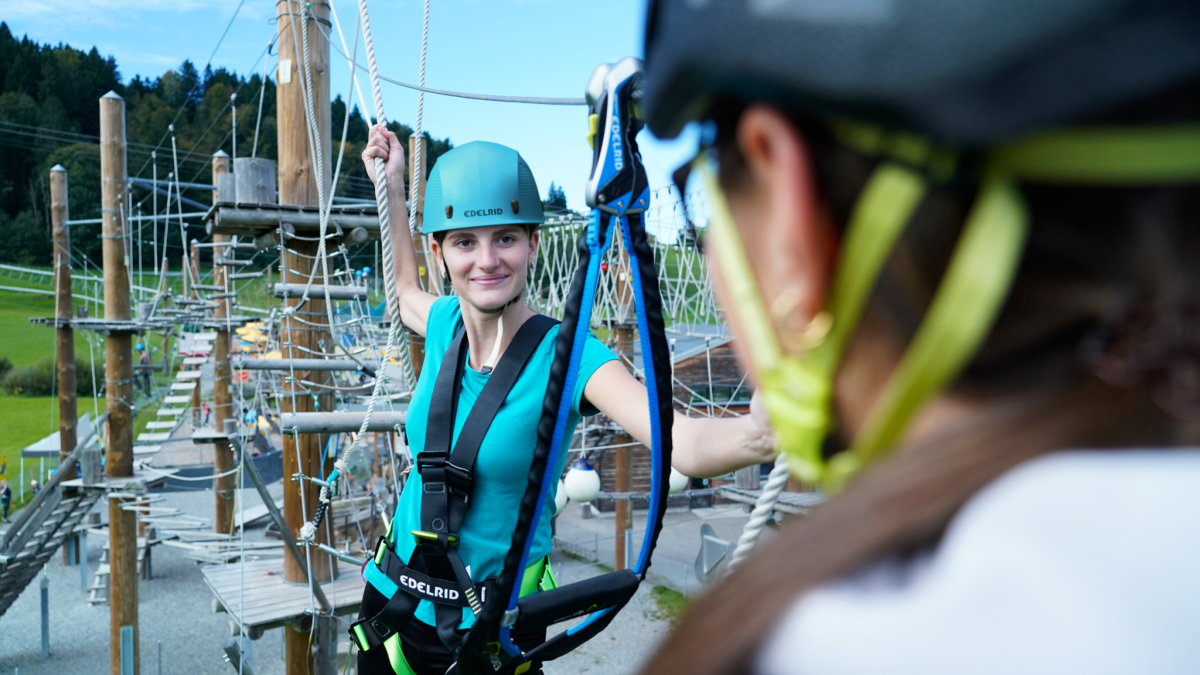
Embarking on the development of a zipline or aerial adventure course is a complex and multifaceted project that demands extensive planning and diligent execution. This process, although challenging, can be navigated successfully with careful consideration and strategic preparation. Here’s an outline to help you through this adventure:
Preliminary Steps
- Research and Market Analysis: Visit several existing parks to gauge your interest and passion for the project. Conduct a thorough market feasibility study, including zoning restrictions and potential competition in your area.
- Securing Resources: Acquire the necessary land and secure financing if needed. Ensure you have sufficient capital to cover unexpected expenses that will inevitably arise.
- Site Visits and Contractor Selection: Host multiple site visits by approved contractors to get diverse perspectives and quotes. Choose a builder that aligns with your vision and sign a contract.
- Permits and Inspections: Prepare for a variety of permits related to environmental, construction, safety, and local regulations. This involves hiring professionals like geologists, environmental engineers, and architects.
Visitor Center Development
Your visitor center is the hub of all non-course activities and must be meticulously planned for peak customer flow and operational efficiency.
- Design and Layout: Plan a layout that balances customer comfort and operational efficiency. Ensure the space is visually appealing and meets the needs of both guests and staff.
- Functionality: The visitor center should handle guest check-in, provide restrooms, offer waiting areas, and showcase retail merchandise. Additional spaces like picnic areas, covered decks, and fire pits can enhance guest experience.
- Employee Facilities: Include a break room, office space, lockers, and gear storage areas for staff. Ensure there’s a secure and convenient place for vehicles and maintenance tools.
Operational Systems
Establishing robust operational systems is crucial for seamless park management.
- Communication Systems: Install a reliable facility-wide radio communication system prior to construction. A wired UHF radio system with a repeater is recommended for clear communication, especially during emergencies.
- Inspection and Safety Protocols: Develop daily inspection protocols for the course, gear, and grounds. Implement comprehensive weather tracking and lightning detection systems to ensure safety.
- Office Systems and Technology: Ensure the visitor center is equipped with Wi-Fi, landlines, and sufficient wiring for various office equipment. A reliable reservation system is vital for managing bookings and guest information.
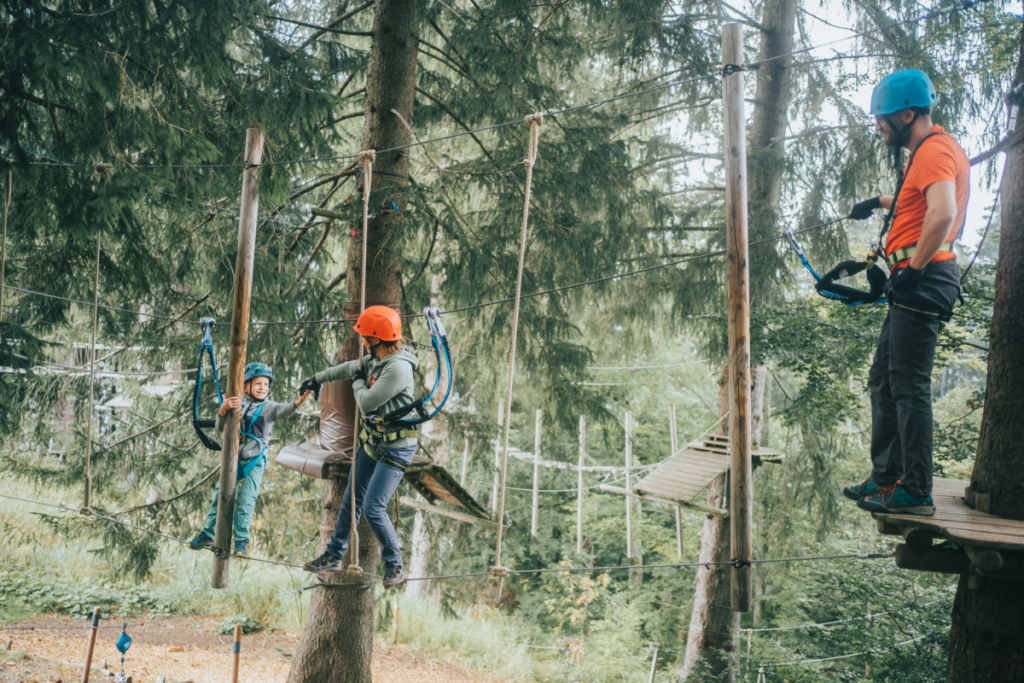
Equipment and Gear
Investing in the right equipment and gear is essential for the maintenance and operation of the park.
- Vehicles and Tools: Budget for ATVs or similar transport vehicles and essential maintenance tools like chainsaws, blowers, generators, and complete tool sets.
- Cleaning Supplies: Stock up on cleaning supplies, paper products, and dispensers for the visitor center and other facilities.
- Specialized Equipment: Consult with your builder to determine any specific equipment needed for course maintenance, such as heavy-duty cable pullers.
-
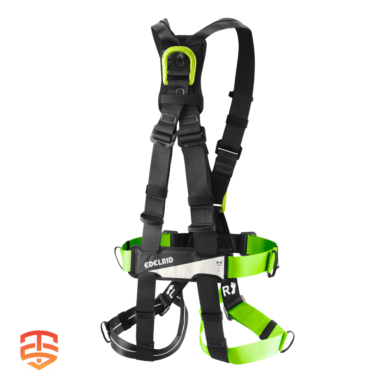 Edelrid Radialis Air – Full Body Harness€ 115,00 Ex VAT
Edelrid Radialis Air – Full Body Harness€ 115,00 Ex VAT -
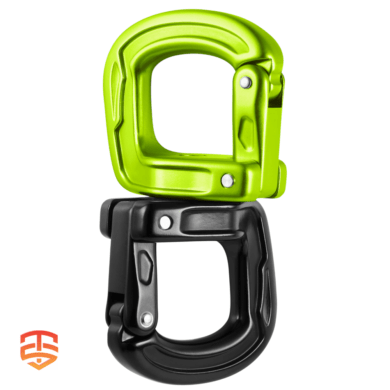 Edelrid CUPID Swivel Connector€ 65,00 Ex VAT
Edelrid CUPID Swivel Connector€ 65,00 Ex VAT -
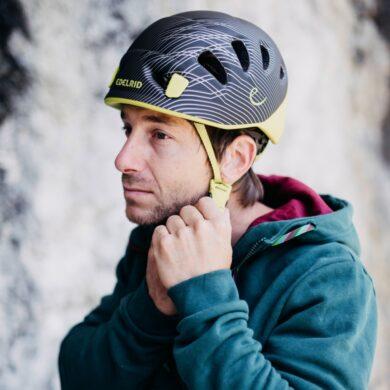 Edelrid Shield Helmet€ 62,00 Ex VAT
Edelrid Shield Helmet€ 62,00 Ex VAT
Insurance and Staffing
Navigating insurance and staffing requirements is a critical aspect of park development.
- Insurance: Obtain comprehensive insurance coverage for workers’ compensation, liability, and other potential risks. Ensure that any subcontractors have appropriate coverage.
- Staffing: Hire a diverse workforce including management, tour guides, office staff, and maintenance personnel. Cross-train employees to enhance versatility and ensure smooth operations.
- Training: Implement ongoing training programs, potentially with third-party trainers, to ensure staff are well-prepared. Training should cover all necessary skills and safety protocols.
Marketing and Branding
Effective marketing and branding are key to attracting visitors and establishing a strong presence in the market.
- Brand Development: Create a consistent name, logo, and color scheme for the park. This helps build brand recognition and loyalty.
- Marketing Strategy: Utilize various marketing channels to reach potential guests. Consider both digital and traditional advertising methods to maximize exposure.
Future Outlook
The future of zipline and Ropes courses looks promising with advancements in technology and increasing interest in adventure tourism. Innovations in safety equipment, virtual reality integrations, and eco-friendly designs are likely to shape the next generation of adventure parks. Staying updated with industry trends and continuously enhancing the visitor experience will ensure sustained growth and success.
By following these guidelines and remaining adaptable to new challenges, the development of a zipline or aerial adventure park can be a rewarding and successful venture.
Ready to make the next step?
Developing a zipline or Treetop adventure course can be a complex and demanding project. This is where Thrill Syndicate comes in. With in-depth knowledge and extensive experience in the adventure park industry, Thrill Syndicate offers expert consultancy services to guide you through every phase of your project. From initial concept and feasibility studies to detailed planning and execution, their team of professionals ensures that all aspects of your adventure course meet the highest standards of safety, functionality, and guest satisfaction. Leveraging their industry insights, Thrill Syndicate helps you avoid common pitfalls and streamline the development process, ultimately turning your vision into a successful reality.
-
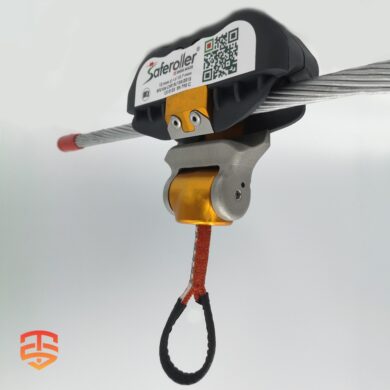 Saferoller Trolley V3 (PPE)€ 240,00 – € 252,00 Ex VAT
Saferoller Trolley V3 (PPE)€ 240,00 – € 252,00 Ex VAT -
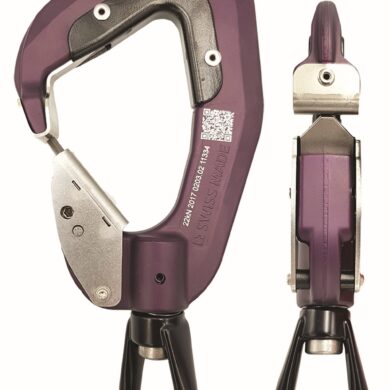 Speedrunner | Kanhook Ultimate PPE€ 100,00 Ex VAT
Speedrunner | Kanhook Ultimate PPE€ 100,00 Ex VAT -
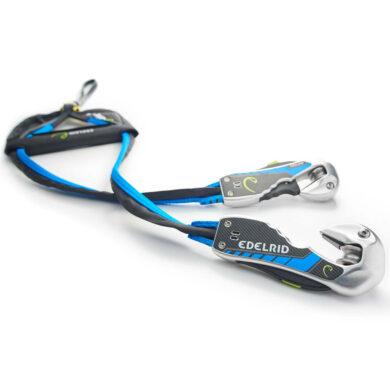 Edelrid Smart Belay X | Magnetic Locking Mechanism€ 544,00 – € 623,00 Ex VAT
Edelrid Smart Belay X | Magnetic Locking Mechanism€ 544,00 – € 623,00 Ex VAT
Gearing Up for Success: Expert Insights on the Adventure Business
The adventure business is booming, offering thrilling experiences and fostering a love for the outdoors. But navigating this exciting industry requires knowledge and expertise. To delve deeper and gain valuable insights from seasoned professionals, explore our additional resources below…
- How to startup a Successful Zip Line Business
- Implementing a Safety and Quality Management System
- ROI at Climbing Walls and Family Entertainment Centers
- Using Technology to Make Your Climbing Gym Accessible and Inclusive
- The Secret to Better Resource Management and Customer Satisfaction
- Every modern climbing gym should have these 5 features
- Considerations when designing ropes courses and adventure parks
- Leading the Way in profitable and safe climbing
- Increase Revenue and Customer Satisfaction for Family Entertainment Centers
- Creating Value for Customers by Using an Auto Belay
- Adventure parks’ logistics essential to customer satisfaction, TO, and ROI.
- Drive Revenue and Customer Satisfaction with Auto Belays
- Considering operating and investing in a zipline?
- Competitive Advantage of an Auto Belay
- Why using Auto Belays Boosts your Business
- ROI at Climbing Walls and Family Entertainment Centers
- Everything You Need to Know about Buying Auto Belays
-
 Edelrid Smart Belay X | Magnetic Locking Mechanism€ 544,00 – € 623,00 Ex VAT
Edelrid Smart Belay X | Magnetic Locking Mechanism€ 544,00 – € 623,00 Ex VAT -
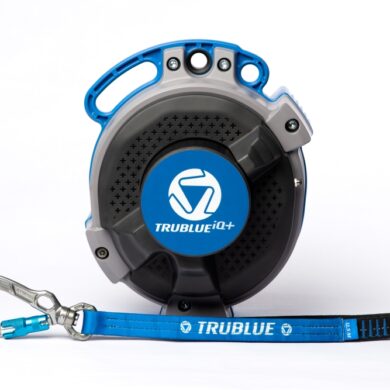 TRUBLUE iQ Auto Belay | 4,5 – 20 meter€ 2.799,00 – € 3.159,00 Ex VAT
TRUBLUE iQ Auto Belay | 4,5 – 20 meter€ 2.799,00 – € 3.159,00 Ex VAT -
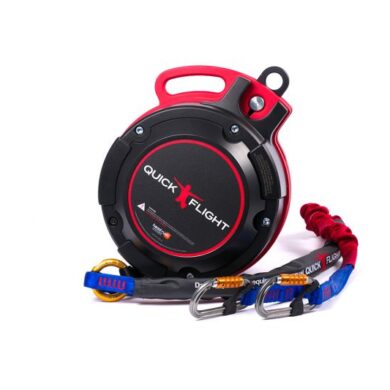 QuickFlight Free Fall Device | 6 – 15,3 meter€ 4.249,00 – € 4.549,00 Ex VAT
QuickFlight Free Fall Device | 6 – 15,3 meter€ 4.249,00 – € 4.549,00 Ex VAT







